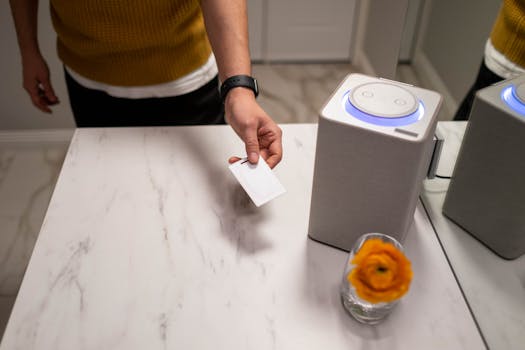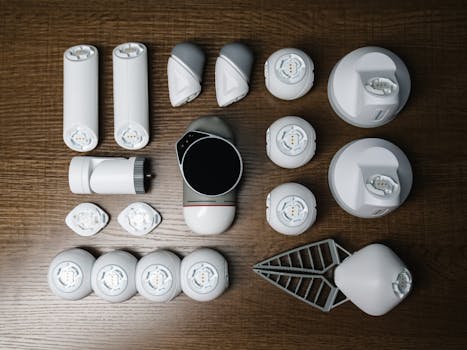
Smart Homes 2025: The Rise of AI-Driven Devices
Introduction to Smart Homes

Smart Homes 2025: The Rise of AI-Driven Devices is transforming the way we live, work, and interact with our living spaces. With the integration of Artificial Intelligence (AI) and Internet of Things (IoT) technology, smart homes are becoming increasingly intelligent, automated, and responsive to our needs. In this article, we will explore the rise of AI-driven devices in smart homes and their impact on our daily lives.
The Evolution of Smart Homes

The concept of smart homes has been around for several decades, but it wasn’t until the advent of IoT and AI technology that it started to gain mainstream attention. The first smart home devices were simple automated systems that could control lighting, temperature, and security. However, with the advancement of AI and machine learning algorithms, smart home devices are now capable of learning our habits, preferences, and behaviors, and adapting to our needs in real-time.
AI-Driven Devices in Smart Homes

AI-driven devices are the backbone of smart homes, enabling seamless automation, control, and interaction with our living spaces. Some of the most popular AI-driven devices in smart homes include:
- Virtual Assistants: Amazon Alexa, Google Assistant, and Apple Siri are some of the most popular virtual assistants that can control and automate various aspects of our homes, from lighting and temperature to security and entertainment.
- Smart Thermostats: Devices like Nest and Ecobee can learn our temperature preferences and adjust the temperature accordingly, saving energy and improving our comfort.
- Security Cameras: AI-powered security cameras like Ring and Nest can detect motion, recognize faces, and alert us to potential security threats.
- Smart Lighting: Philips Hue and LIFX are some of the most popular smart lighting systems that can adjust brightness, color, and temperature based on our preferences and activities.
Benefits of AI-Driven Devices in Smart Homes

The benefits of AI-driven devices in smart homes are numerous, including:
- Increased Convenience: AI-driven devices can automate various aspects of our homes, making our lives easier and more convenient.
- Energy Efficiency: Smart thermostats and lighting systems can optimize energy consumption, reducing our energy bills and carbon footprint.
- Enhanced Security: AI-powered security cameras and doorbells can detect potential security threats and alert us in real-time.
- Improved Comfort: AI-driven devices can adjust temperature, lighting, and entertainment systems to create a comfortable and relaxing living environment.
Conclusion

In conclusion, Smart Homes 2025: The Rise of AI-Driven Devices is revolutionizing the way we live, work, and interact with our living spaces. With the integration of AI and IoT technology, smart homes are becoming increasingly intelligent, automated, and responsive to our needs. As AI-driven devices continue to evolve and improve, we can expect to see even more innovative and exciting developments in the world of smart homes.






